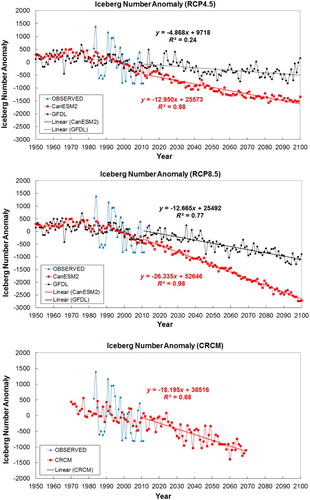Figures & data
Fig. 1 Map showing the study region. Station 27 (red diamond), the Flemish Cap transect (black line), and the area with the fall bottom temperature data (dashed lines) are indicated.
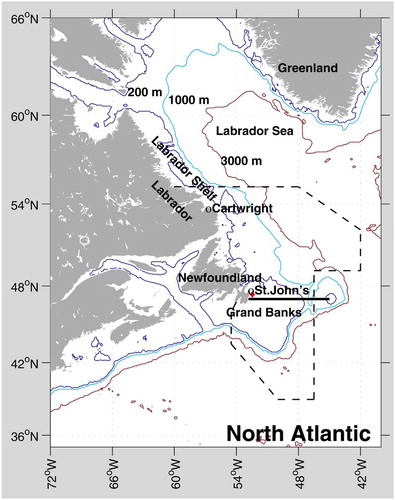
Table 1. Means and standard deviations for the 1981–2010 reference period (SST: sea surface temperature; CIL: cold intermediate layer; BT: bottom temperature). See for locations.
Fig. 2 Scatter diagram between the observed sea surface temperature anomalies (SST, °C) at Station 27 and the observed air temperature anomalies (°C) at St. John's from 1950 to 2010. The lines show the linear fits to the annual-mean observations.
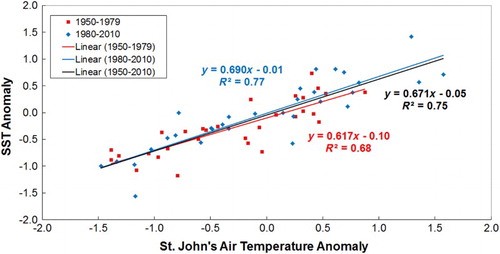
Fig. 3 Reconstructed SST anomalies (°C) at Station 27 based on simulated air temperature anomalies at St. John's. The air temperatures are the CanESM2 and GFDL-ESM2M output under RCP4.5 and RCP8.5 and the CRCM output under A1B. The straight lines are the linear fits to the SST projections for 2011–2100 or 2011–2070.
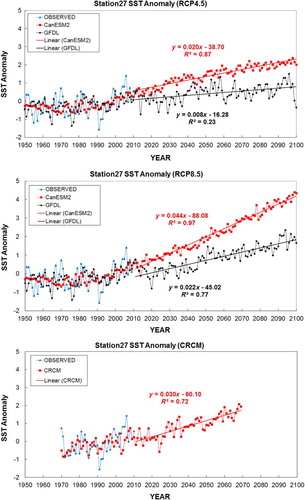
Table 2. Linear trends and associated standard errors.
Fig. 4 Scatter diagram between the observed fall bottom temperature anomalies (BT, °C) over the Newfoundland and Labrador Shelves and the observed air temperature anomalies (°C) at Cartwright from 1978 to 2010. The line is the linear fit to the observations.
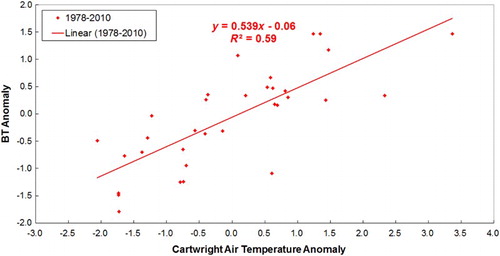
Fig. 5 Reconstructed fall bottom temperature anomalies (BT, °C) over the Newfoundland and Labrador Shelves based on simulated air temperature anomalies at Cartwright. The air temperatures are the CanESM2 and GFDL-ESM2M output under RCP4.5 and RCP8.5 and the CRCM output under A1B. The straight lines are the linear fits to the BT projections for 2011–2100 or 2011–2070.
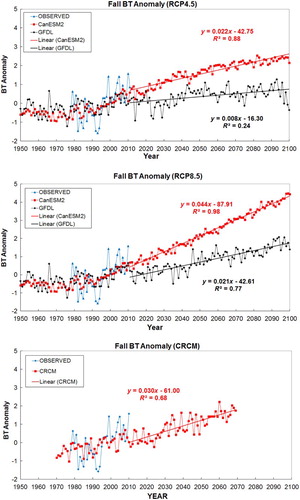
Fig. 6 Scatter diagram between the observed CIL area anomalies (km2) at the Flemish Cap section and the observed winter air temperature anomalies (°C) at Cartwright from 1951 to 2011. The line is the linear fit to observations.
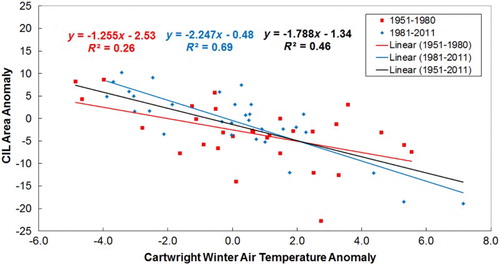
Fig. 7 Reconstructed cold intermediate layer (CIL) area anomalies (km2) along the Flemish Cap transect based on simulated winter air temperature anomalies at Cartwright. The air temperatures are the CanESM2 and GFDL-ESM2M output under RCP4.5 and RCP8.5 and the CRCM output under A1B. The straight lines are linear fits to the CIL projections for 2011–2100 or 2011–2070.

Fig. 8 Scatter diagram between the observed sea-ice extent (SIE) anomalies (×105 km2) off Newfoundland and Labrador and the observed winter air temperature anomalies (°C) at Cartwright from 1963 to 2011. The line is the linear fit to observations
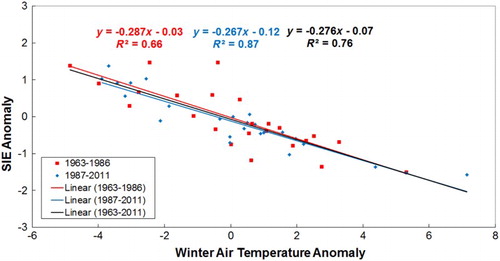
Fig. 9 Reconstructed sea-ice extent anomalies (SIE) (×105 km2) off Newfoundland and Labrador based on the simulated winter air temperature anomalies at Cartwright. The air temperatures are the CanESM2 and GFDL-ESM2M output under RCP4.5 and RCP8.5 and the CRCM output under A1B. The straight lines are the linear fits to the SIE projections from 2011 to 2100. Note that years with SIE anomalies below −1.96×105 km2 are ice free.
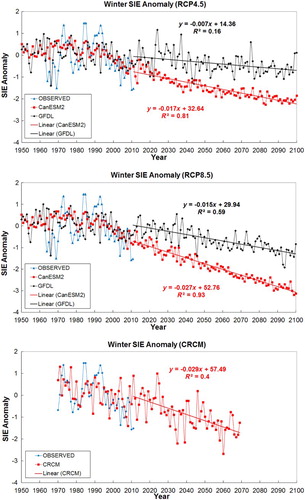
Fig. 10 Scatter diagram between the observed number of iceberg anomalies at 48°N and the observed winter air temperature anomalies (°C) at Cartwright from 1983 to 2011. The line is the linear fit to observations.
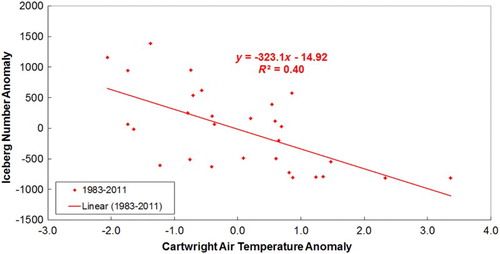
Fig. 11 Reconstructed iceberg number anomalies at 48°N based on simulated winter air temperature anomalies at Cartwright. The air temperatures are the CanESM2 and GFDL-ESM2M output under RCP4.5 and RCP8.5 and the CRCM output under A1B. The straight lines are the linear fits to the projected number of icebergs from 2011 to 2100. Note that years with iceberg number anomalies below −813 are iceberg free.
